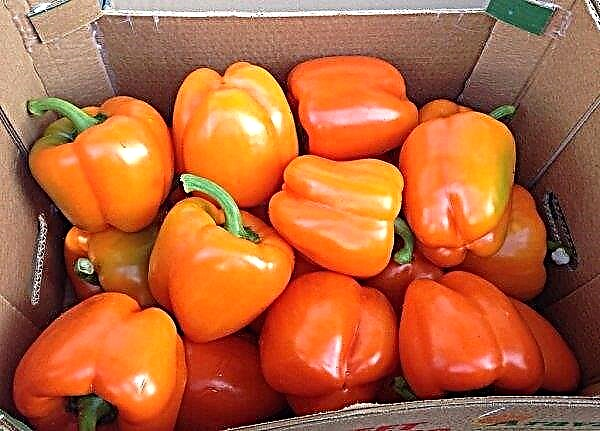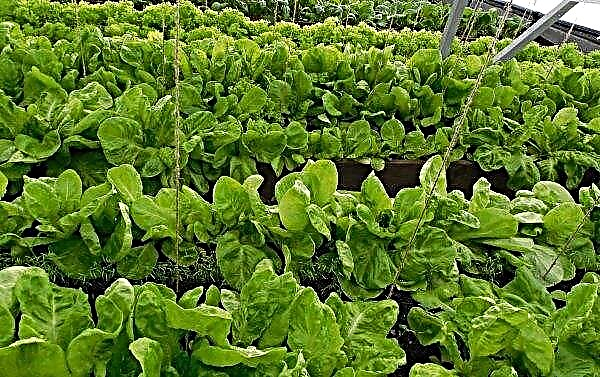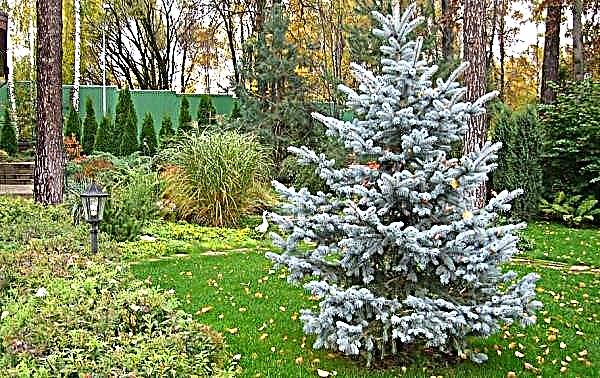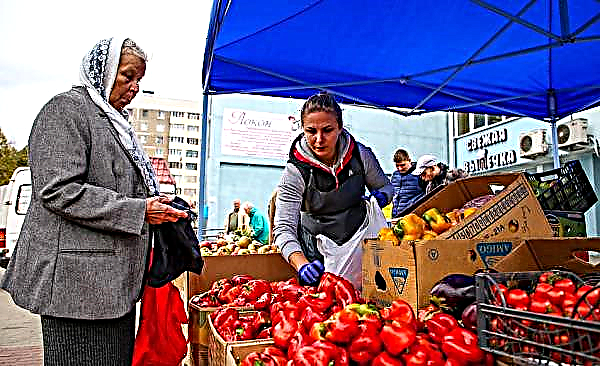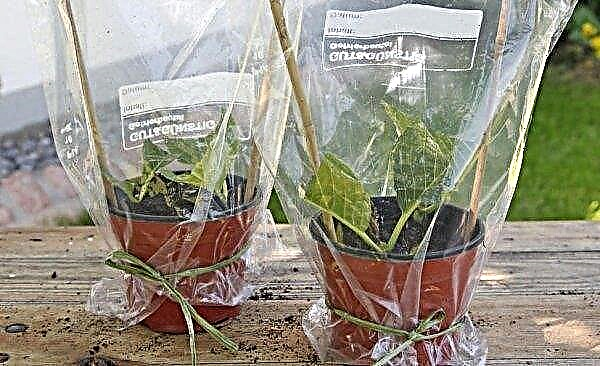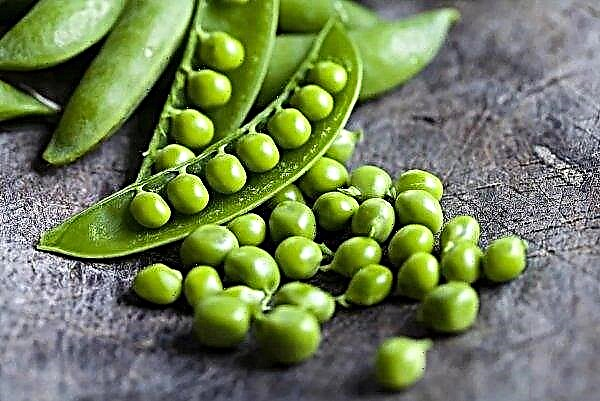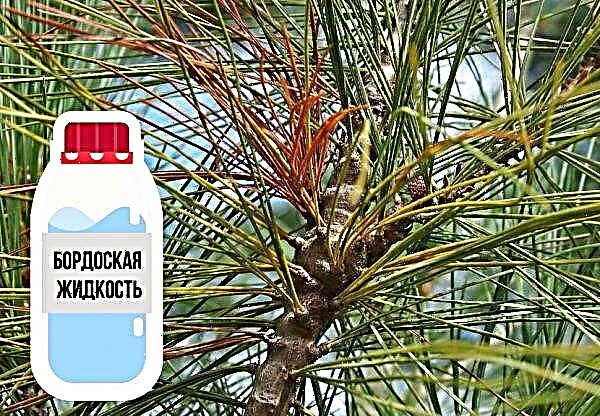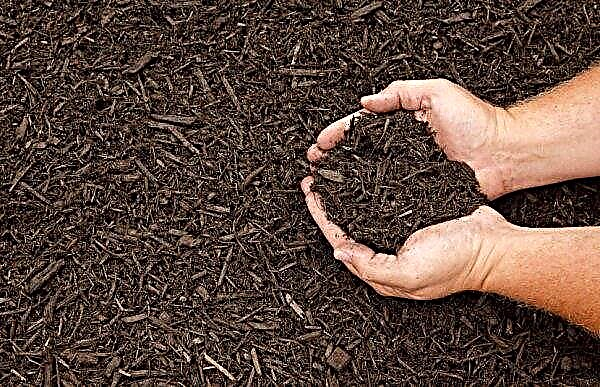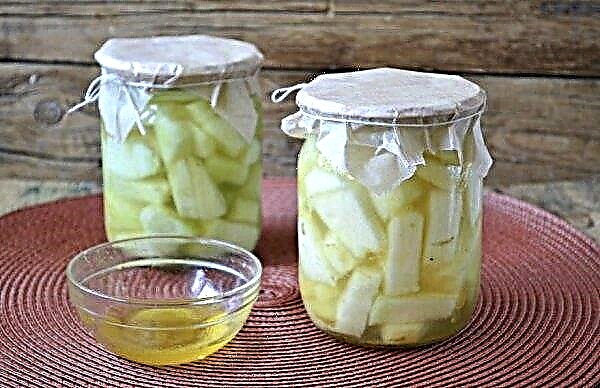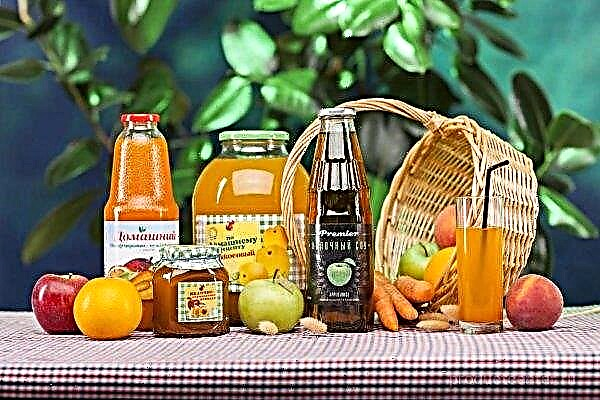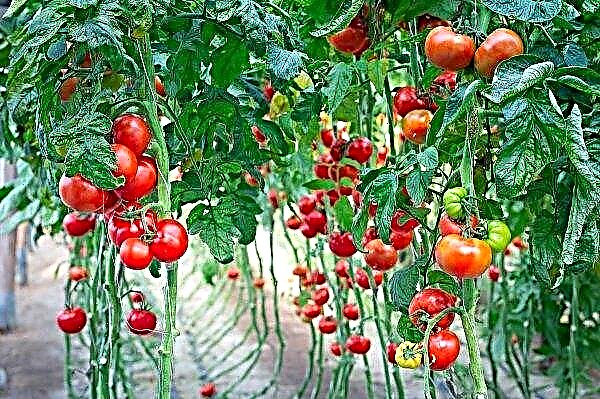While some people criticize the tomato variety Honey saved for its unsuitability for canning, others who are allergic to red tomatoes, thank him for the opportunity to use all the many benefits of this plant without harming their health. Other advantages of this tomato variety and how to grow it will be discussed in the article.
Grade description
Although the tomato variety Honey created in Novosibirsk was certified less than 15 years ago, it has already managed to collect a solid collection of positive reviews from gardeners living in different climatic zones.
This original tomato has the following properties:
- It is a high-yielding mid-ripening variety that can produce from one bush up to 6 kg of tomatoes;
- belonging to indeterminate plants, it does not limit itself in growth and is capable of reaching almost two meters in height, if the owner allows it;
- the ripening time of its fruits is 110–115 days;
- has a powerful root system;
- the leaves are light green;
- the shape of the fruits is diverse - from heart-shaped to flattened;
- fruit color - honey-orange or radically yellow;
- weigh fruits on average 200 g, but are able to gain more than half a kilogram weight;
- the pulp is juicy, fleshy, sugary, with a small amount of small seeds;
- the fruits are covered with a skin that is dense and does not crack during ripening, facilitating their long-term storage and successful transportation;
- belongs to salad varieties and is unsuitable for canning due to the lack of acid in the fruits and their large size;
- on one flower brush grows to 5 full-fledged fruits.

Advantages and disadvantages
- In addition to the positive qualities that have already been mentioned above, Honey Spas has the following advantages:
- It has pronounced dietary properties, due to which it can be used by people with problems in the gastrointestinal tract and suffering from allergic reactions when eating red tomatoes;
- the fruits are able to persist for several months without losing their valuable qualities;
- gives a lot of tomato juice, which has useful qualities and almost no contraindications;
- able to adapt to various climatic conditions;
- possesses resistance to the majority of diseases and wreckers from which nightshade cultures usually suffer;
- the fruits taste good.
- The disadvantages, among which there are practically no serious ones, most often include:
- unsuitability for conservation of fruits of this variety;
- high demands on soil quality;
- the need for frequent pinching throughout the growing season;
- inability to grow without a tie.
Self-growing seedlings
Being a full-fledged variety, and not a hybrid, Honey Spas is able to successfully reproduce with its own seeds. To do this, use the seedling method.
Sowing dates
Typically, seeds of this variety are planted in order to obtain seedlings in early March. However, depending on climatic conditions, this period can be shifted in one direction or another, if you use the rule in which 60 days must pass from the moment of sowing the seeds to the planting of seedlings in open ground.
Did you know? The presence of serotonin in tomatoes, which is also called the "hormone of happiness", allows them to compete in raising the mood in people even with recognized authority in this regard - chocolate.
The soil
If it is not possible to use the best option in the form of professionally prepared purchased soil, you can prepare the right soil with your own hands. To do this:
- Take the land from the beds, prepared in the fall for planting tomato seedlings.
- Mix it in equal proportions with humus or peat with a small addition of sand and wood ash.
- Disinfect the soil with hot manganese solution or by calcining it in the oven at a temperature of +190 ° C.
- Maintain disinfected soil in an open container in fresh air for 15 days.
- Together with the soil, planting containers should be decontaminated.

Capacity for growing
There are several options for containers for soil into which seeds are sown for seedlings:
- plastic glasses;
- peat pots;
- wooden boxes;
- plastic containers;
- peat tablets.
Did you know? Tomatoes are so beloved and popular in the world that in honor of them festivities are held, museums open and even monuments are erected, which in different countries around the world cost more than a dozen.
Seed preparation
Before planting, seeds are prepared for it as follows:
- Calibration is carried out, as a result of which damaged, rotten and with other defects seeds are removed.
- The selected seeds are dipped in saline, then removing the emerging empty specimens.
- The full-fledged seed material sank to the bottom is taken out and washed with clean water.
- Then it is treated with a one percent manganese solution for a third of an hour.
- After drying, the seeds are exposed to growth stimulants, which can be successfully replaced with fresh juice extracted from aloe leaves.
- The treated seeds are placed on a constantly moistened gauze at a temperature of +20 ° C until they are pecked.
- During this time, they usually manage to harden the seeds up to 5 times in the refrigerator, in which they are placed for 10-12 hours each time.

Sowing seeds
The seed is buried in the soil by a maximum of 1.5 cm and sprinkled with chopped peat on top. At the same time, a distance of 3 cm between seedlings is observed. After sowing, the soil is moistened with a spray.
Seedling Care
Tanks with seeded soil are covered with glass or a transparent film to create a greenhouse regime and left in this form until the first shoots appear. After that, the coating is removed, and the containers are placed in a brightly lit place at a stable temperature of +24 ° C. During the first two days, lighting should not be turned off at all, and then daylight hours should last at least 16 hours.
Important! So that the development of the bush does not slow down, it is recommended that the fruits be removed in the stage of blanch ripeness.
After the appearance of the first 2 leaves of the sprouts, the plants dive, planting them in liter pots, trying to grab the largest earthen lump around the roots during transplantation and deepening the plant to cotyledonous leaves. Immediately after transplanting, it is necessary to feed the seedlings, for which the mixture of a large spoonful of wood ash and a liter of water is best suited. Watering seedlings should be active, not expecting when the topsoil is dried. However, in this case, you can not overmoisten the soil.
Seedling hardening
When a week remains before planting seedlings in a permanent place, the sprouts should be hardened. To begin with, windows open for a couple of hours in the room, carefully avoiding drafts that are poorly tolerated by tomatoes. Then the seedlings begin to take out into the fresh air, gradually lengthening the time of her stay in the open. In the last two days before transplanting into the open ground, the seedlings are left in the open air all night.
Planting seedlings in a permanent place
This moment is determined by two factors:
- the air and soil in the open must warm up stably;
- 60 days have passed from the moment of sowing the seeds.
- The best predecessors of tomatoes are:
- cucumbers
- beet;
- carrot;
- cabbage;
- bow;
- legumes.
- But it is highly not recommended to plant tomato seedlings on the soil after growing on it:
- eggplant;
- potatoes;
- tobacco
- pepper.
You can’t also plant tomatoes after tomatoes until 3 years have passed. Planting plants is necessary in such a way that for 1 square. m they fit no more than three. At the same time, the depth of holes pretreated with a weak manganese solution and enriched with two tablespoons of potash and phosphorus fertilizers is determined by the need to deepen the earthen coma with the root system to such an extent that the earth poured on top of it reaches the lower leaves of the seedlings. Tomatoes transplanted to a permanent place require immediate warming.
Outdoor Care
Seedlings of Honey Savior, planted in open ground, requires subsequent care in the form of:
- glaze;
- top dressing;
- stepchildren;
- garters.
Watering
After irrigation with warm water immediately after transplanting, the seedlings are then watered the next time in a week. It should be borne in mind that the Honey Spas variety does not tolerate water stagnation, therefore it is necessary to water it, focusing on the degree of drying of the top soil layer under the bush. In addition, watering with cold tap water using a hose is extremely undesirable. Ideal for irrigation is rainwater collected in barrels and heated under the sun. It should be poured exclusively under the bush, preventing water drops from falling on the leaves.
In addition, watering with cold tap water using a hose is extremely undesirable. Ideal for irrigation is rainwater collected in barrels and heated under the sun. It should be poured exclusively under the bush, preventing water drops from falling on the leaves.
Fertilizer application
At the beginning of the growing season, when the plant grows and gains green mass, it really needs nitrogen, which is rich in organic fertilizers, whether cow dung or bird droppings. These fertilizers are in liquid form and are delivered under tomato bushes. And when the fruits begin to develop from the ovaries, then proceeding to ripening, the tomato bush needs for phosphorus, potassium and iodine, which is most often satisfied with extracts from superphosphate with the addition of ash and a few drops of iodine.
The Honey Spas variety, which responds well to top dressing, responds best to professionally prepared, balanced balanced complex fertilizers containing, in addition to potassium and phosphorus, minerals in the form of:
- magnesium
- boron;
- zinc;
- Manganese
Stepson
This indeterminate tomato variety is distinguished not only by active upward growth, but also by the increased formation of stepsons in deciduous sinuses, therefore this unwanted shoot, which takes away nutrients from the plant, has to be removed. They do this every decade, starting in mid-July, by breaking off stepsons with fingers treated with a weak solution of potassium permanganate. Experts do not advise cutting off stepsons with scissors. In addition, the lower tier of the bush is completely exempted from foliage and, if necessary, the upper tiers are thinned out if the green mass interferes with the access of sunlight to the fruits.
Experts do not advise cutting off stepsons with scissors. In addition, the lower tier of the bush is completely exempted from foliage and, if necessary, the upper tiers are thinned out if the green mass interferes with the access of sunlight to the fruits.
Soil care
Like any other tomato, Honey Spas loves the loosened soil around the bush. It is recommended to loosen the soil after each watering, while weeding the weeds. It should be borne in mind that in order to avoid damage to the roots of the tomato, in the first month when loosening, one should not go deeper into the soil by more than 12 cm. Subsequently, the safe depth is reduced to 8 cm. And in order to maintain optimal temperature and humidity in the root system, bushes need to be spudded with moist earth or mulch the basal surface with humus.
Important! In any other case, this operation must be performed at least 1 time in 2 weeks.
Tying bushes
This tomato variety, reaching a great height, requires mandatory garter from the very beginning of its growth in open ground. Trellis is best suited for this, although with a small number of bushes tall stakes are also quite suitable. However, in this case, when ripening large fruits, which are often 5 in the hands, it is necessary to make additional supports for them. Using soft cords does not only support the stems, which are usually 2 in this variety, in an upright position, but also allow access to the maximum number of fruits to the sun.
However, in this case, when ripening large fruits, which are often 5 in the hands, it is necessary to make additional supports for them. Using soft cords does not only support the stems, which are usually 2 in this variety, in an upright position, but also allow access to the maximum number of fruits to the sun.
Harvesting
Tomatoes begin to be harvested 110 days after sowing seeds in the ground. Thanks to the dense skin, the fruits are resistant to mechanical stress and tolerate transportation. In addition, they have good keeping quality. Torn green, they are able to be stored until the New Year. In addition, they have a remarkable ability to ripen in the light in a warm room.
In a relatively short time, this tomato variety with non-standard coloring managed to attract the attention of vegetable growers in summer cottages and rural farmsteads with its high taste, dietary properties and the ability to adapt to various climatic conditions.

